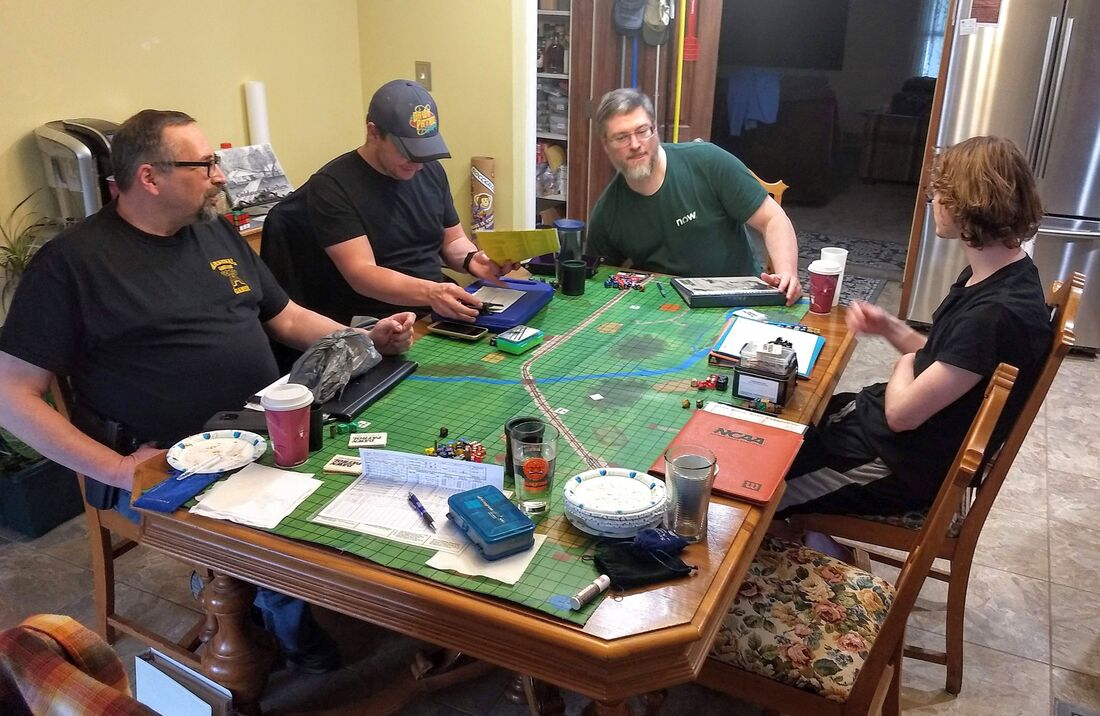
April 25 Game Report
The Indy Squadron gathered at the Meister's new gaming center for the first time on April 25, 2020 to replicate four World War I aerial battles in the Dawn Patrol board game. Six players attended and a full tour of the Meister's beautiful new property preceded the games. As always, Donna Meister went above and beyond the call to provide everyone a delicious menu throughout the day.
Game 1
The first game featured three Clerget-powered British Camels (Stephen Dale, Ethan and Stephen) against a trio of Fokker DVII's with high compression 160 horsepower engines (Bob, Rick and A.J.). Ethan and Stephen Dale were particularly effective and although the Brits failed to score any confirmed victories, they held a slight advantage over the Germans for most of the game. All pilots on both sides returned from the mission safely.

The second scenario was a birthday mission for Bob, who recently celebrated his 50th year on the planet. He and his wingmen, A.J. and Stephen Dale, flew Albatros DVa's against the SPAD VII's of Rick and Ethan as well as a 275 hp Bristol flown by Stephen.
The Germans were formidable with Bob flying his most successful pilot (Rudy Offenheimer, 10/3) and Stephen Dale flying LTN Samuel Dreisbach (11/2). Their wingman had a difficult time when Stephen's Bristol crew latched onto A.J's Albatros and tailed him for five straight turns, scoring two critical hits. A. J. eventually made his escape and flew home safely.
Bob's Albatros fired on Ethan late in the game and scored a fatal pilot hit, earning Rudy Offenheimer his third confirmed victory.
Set on the Italian Front, three Italian fighters (Bob, Stephen Dale, A. J.) were tasked with stopping an artillery observation flight. The two-seater was an Ufag CI flown by Stephen, with the Phonix DI's of Rick and Ethan flying escort.
Rick always excels in these situations but he rose to a new level in this instance. He alternately fought and decoyed the attacking fighters of Stephen Dale and Bob, while Ethan doggedly attacked A. J's Italian Hanriot HD-1 and for a brief moment had him falling out of control before A. J. recovered. None of the Italians were able to penetrate the fighter screen of Ethan and Rick. The result was a completely successful artillery observation mission without a single shot hitting the Ufag. All pilots on both sides returned safely.
Set in September 1918, the last game featured two 150 hp Sopwith Camels (Bob, Stephen Dale), a Bristol 275 hp two seater (Ethan), a Pfalz DVIII (Stephen) and two Seimens Schuckert DIV's (Rick, A. J.). The fight was split into two levels early on when Stephen's pilot (LTN Walter Strahle, 26/5) was forced to dive in order to avoid a legal "third man in" triple attack. Stephen Dale flew an excellent mission in his Sopwith fighter but the only real action occurred when Rick's German fighter put 8 hit factors into Ethan's Bristol. One of them lightly wounded his 4M/1K observer with three more going into the engine. Ethan wisely headed home and landed safely, but his observer died from his wounds. All other combatants returned safely.
Although all projections of corona virus deaths have been wildly off target, the devastation of the ensuing lockdown lingers. In addition to unemployment, the destruction of the economy, widespread panic and increases in depression, stress, divorce, spousal abuse and suicide, the lockdown's damage has now filtered down to affect Dawn Patrol gaming, and not just at the national level. Even the smallest local gaming groups are now suffering from the nationwide governmental overreaction.
The Society Mini Con, originally scheduled for April 23-26 in Milwaukee, has been postponed until this fall. The Indy Squadron's Red Baron Fight XXXI has also been postponed but we still hope to hold it in May or June if a venue becomes available. Our favorite venues including the Danger Room Games & Comics of Anderson and Hometown Comics in Greenfield are both closed to gaming and suffering the anticipated economic damage. We are continuing to game in private homes until the danger of the lockdown has passed.
When new dates are confirmed for postponed Dawn Patrol events, they will be posted here at IndySquadron.com.
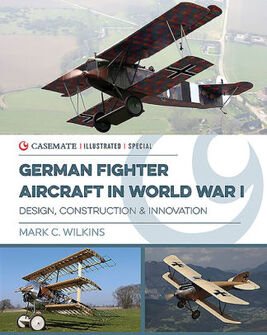
German Fighter Aircraft in World War I
By Mark Wilkins
Casemate Publishers
Hard bound, 192 pages
$37.95 US
Order here: https://www.casematepublishers.com/german-fighter-aircraft-in-world-war-i.html#.XoyiR-spC70
If you want a handy, quick reference guide to the development of German fighters, the latest release from Casemate Publishers sets a new standard for the genre. “German Fighter Aircraft in World War I” by Mark Wilkins is everything that the reader could ask for.
Rather than analyzing German fighter production by aircraft type, Wilkins has broken the mold by focusing on the manufacturers themselves. The history of well known companies such as Junkers, Fokker, Albatros, Halberstadt and the fighter aircraft they produced are each examined in separate chapters. Thankfully, Wilkins also saw fit to dedicate equal time to lesser known manufacturers such as Taube, Aviatik, LFG and others. The breadth of the book is aggressive, but the author confines the information into less than 200 pages by staying concise and to-the-point.
But the real value of this book lay in its uncompromising dedication to amazing photographic reproduction. The photos fall into four general categories – reproductions of original manufacturer's blueprints and design documents, excellent color profiles to please the model building community, historic photos from the war era and modern photos of accurate replicas from around the world.
Due to Casemate's use of glossy, acid-free stock, the photo reproduction is superlative. These pictures will stand up to close examination with a magnifying glass. Every photo is accompanied by its own caption. I found myself taking more time to read the captions on some pages than the manuscript text itself. This has an immersive effect that keeps the reader fully engaged.
The publisher lists 140 total photographs in the book, but you'll swear there are three times that many. Another ten digital color profiles are included for the most significant airplanes including the Pfalz DIII and DXII, Roland DVIa, Albatros DIII and DVa, Fokker DrI and DVII and others.
The tenth chapter provided an excellent ending to the main text. This chapter is devoted to a summary of the history and use of the engines manufactured by Oberursel, Mercedes, BMW, Austro-Daimler and more. This included a brief examination of the Mercedes DIIIau and DIIIav engines with domed pistons and high compression engines used late in the war. This was sufficient to tell me that Wilkins had done his homework, even detailing the horsepower ratings of these convex-pistoned engines and the use of aluminum rods to permit higher engine revs.
“German Fighter Aircraft in World War I” is a wonderful read with an array of photographs rarely equalled in the Great War genre. It is highly recommended by the Indy Squadron Dispatch.

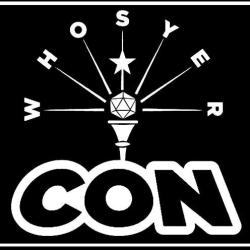
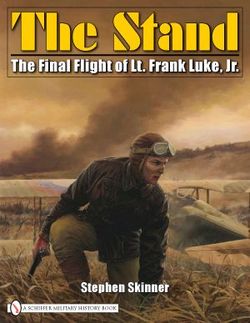

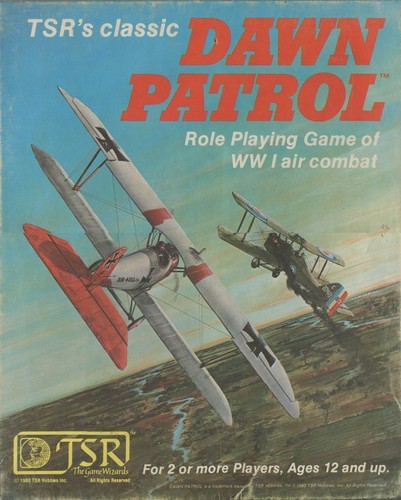
 RSS Feed
RSS Feed


